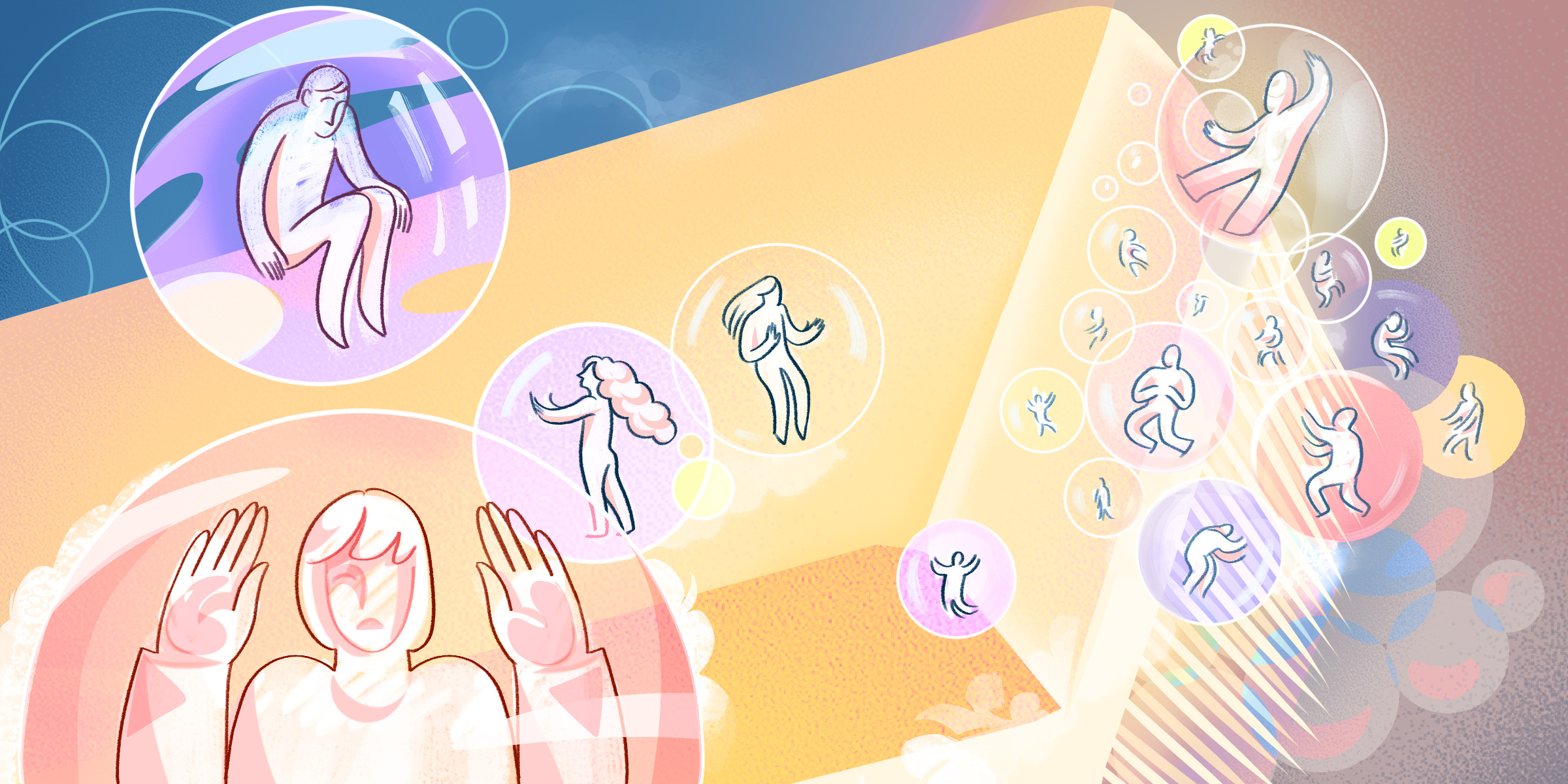
I share the fears that so many of us feel about our economy, our livelihoods, and our future. This widespread panic has gripped our nation. During these times, there is nothing I want more than to turn to my family and friends. Yet, circumstances prohibit this simple and effective method for comfort. Over a quarter of the world's population, more than 2 billion people, are currently in some form of lockdown. More than three-quarters of Americans have been ordered to stay home, with many living under mandatory shelter-in-place restrictions. While the reasons behind these restrictions are sound, and the need for social distancing is evident, they are based on cold and calculated logic. What I fear most about the COVID-19 pandemic is that it is also a pandemic of loneliness. I fear that these efforts to flatten the curve are sharpening the edge by which loneliness cuts into the hearts of our friends, our neighbors, and our families.
When Dr. Vivek Murthy, former Surgeon General of the United States, first wrote about the loneliness epidemic in 2017, he opened a national discussion about something few had openly discussed before, yet later survey data showed 3 in 5 adults experience. In the same year Murthy published his piece, I found myself crying in the stairwell of a friend's house, wracked with thoughts of dropping everything to quit medical school and take the first flight back home. It had nothing to do with the rigor of the coursework or disillusionment with the medical profession, but rather one simultaneously simple yet complex fact — I was lonely.
I knew I was far from alone with this feeling. Surveys have identified that physicians are America's most lonely workers. Medical students worry that the loneliness of medical school is just the beginning of a life of loneliness for a doctor. Yet, the bitter truth of loneliness is that, no matter how many people share this feeling, they all experience it alone.
In the middle of the COVID-19 crisis, I think back to when a Marine fighter jet crashed just three houses away from my home in University City, a tragic accident that killed four of my neighbors. I felt compelled to volunteer for my community newsletter and to contribute to rebuilding the sense of community and safety that was lost. This was more than just a one-off phenomenon: examples of tragedy bringing people and communities together are replete throughout history, such as after 9/11 or the Boston Marathon bombings. The silver lining of crisis is that, in bringing people together, it can ameliorate the loneliness that so many people feel.
But the COVID-19 pandemic is unlike so many of these crises.
Despite the innumerable options for connectivity while social distancing — Zoom, Instagram, HouseParty, and Facebook among them — distant socializing pales in comparison to the ability to see, to chat with, and to hug my friends, simple activities I once took for granted. These shallow forms of interaction have become a mechanism for survival rather than inherently enjoyable activities, a means to minimize — but not resolve — the loneliness of physical isolation.
Studies have shown the toll that social isolation and loneliness takes not only on our quality of life but also life itself — social isolation and loneliness each increased the likelihood of death by over 25%. And as long as we continue to limit physical interactions and in-person meetings, we will be unable to fully alleviate the consequences that loneliness has on our health. While I take solace that these findings were based on chronic states rather than temporary feelings, I worry that — even when the COVID-19 pandemic passes — this pandemic of loneliness may not. The technologies that enable the work-from-home movement will persist beyond this crisis. Our collective psyche has been shaken, and I worry that this pattern of distancing will become the new normal for how life will continue in our supermarkets, our restaurants, and our neighborhoods.
While we must continue social distancing, the question we must ask now is not “How many lives will be saved?” but rather “How many collective life years will be lost?” It is up to all of us to ensure that this period of isolation remains just that: a period, a temporary state in which we summoned our individual strengths to collectively end the COVID-19 pandemic. It is up to all of us to ensure that, in ending the COVID-19 pandemic, we do not enable this pandemic of loneliness to continue.
Joshua Y.C. Yang is an MD-PhD student at the Johns Hopkins University School of Medicine and an MBA student at the Stanford University Graduate School of Business.
Illustration by April Brust
Click here to see more perspectives on COVID-19 from the Doximity network.
Click here for up-to-date news about COVID-19 on Doximity.







